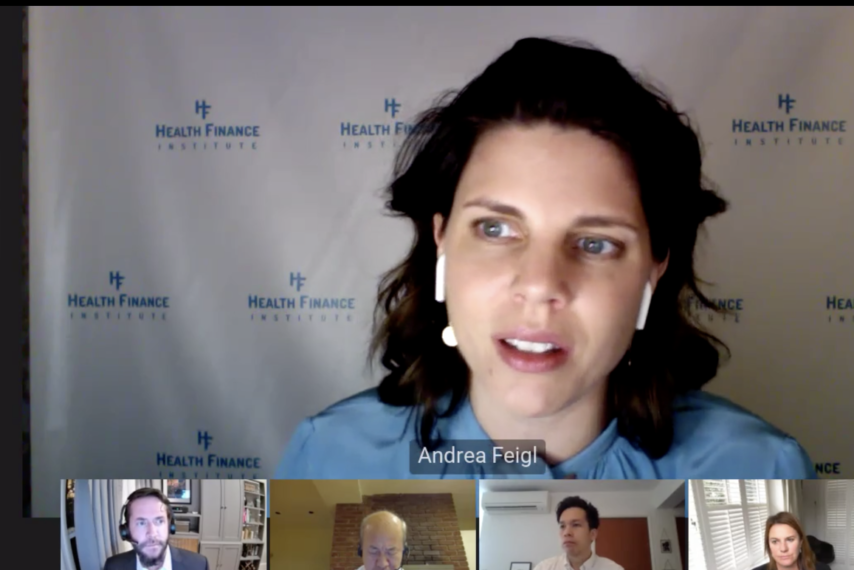Health Finance Digest-A Primer on Blended Finance
 Blended finance, as defined by the OECD, is ‘the strategic use of developmental finance for the mobilization of additional (commercial) finance towards sustainable development in developing countries’. A growing number of companies, funds, and private investors are incorporating Environmental, Social, and Corporate Governance (ESG) into their investment strategy. Still, they are sometimes deterred by the risk and uncertainty in investing in LMICs. Governments and philanthropic funds can help to overcome these barriers by mitigating risks and providing moderate returns through supporting mechanisms embodied in blended finance vehicles.
The UN estimates that developing countries need a USD 500 billion in increased life-saving aid now to have hope of tackling the COVID-19 crisis. HFI believes blended finance is a feasible approach to leverage foreign aid and attract additional private investment to bolster LMIC’s COVID-19 responses. Blended finance allows LMICs to fight the COVID-19 pandemic while continuing to invest in other essential health interventions for chronic disease patients. Read our new Blended Finance in the Age of COVID-19 blog discussing how blended finance can be applied in the age of COVID-19.
To make blended finance more accessible, HFI has developed a toolkit that provides a practical guide for implementing blended finance vehicles for NCD interventions. The toolkit is designed to empower impact investors, funders, and development aid agencies to have a better understanding of blended finance mechanisms and offers specific case studies for its adoption in the field of NCDs as well as suggestions for addressing controversies around blended finance. For access to this toolkit and further engagement, please contact info@healthfinanceinstitute.org.
|
